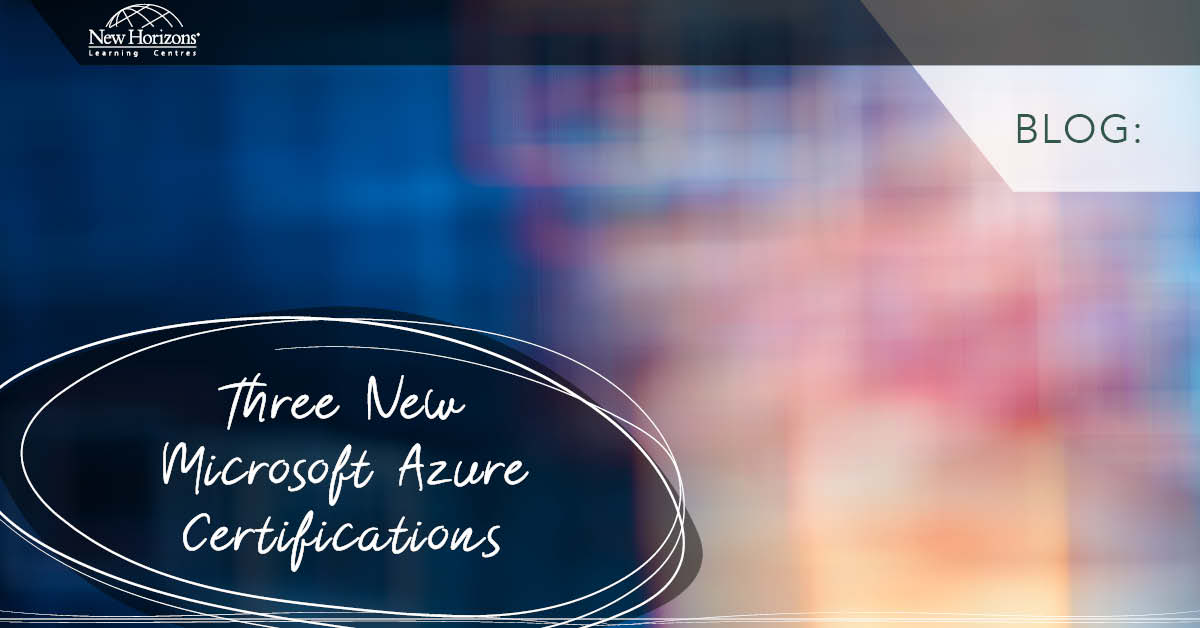
Aug 19, 2014
The term “cloud computing” covers a wide range of concepts, technologies, and techniques for creating scalable, flexible, and manageable IT infrastructure solutions. Today, I’ll explain the concept of cloud computing, cloud services, types of cloud and the Microsoft cloud technologies available. What is cloud computing? Cloud computing, or “the cloud,” has become a leading trend in IT. However, its definition is ambiguous and some of the terminology related to the cloud is confusing. It is difficult to define the cloud in purely technological terms, and it is best to think of the cloud as being an abstract concept that encapsulates techniques used to provide computing services from a pool of shared resources. Most cloud solutions are built on virtualisation technology, which abstracts physical hardware as a layer of virtualised resources for processing, memory, storage, and networking. Many cloud solutions add further layers of abstraction to define specific services that can be provisioned and used. Regardless of the specific technology used to implement it, the National Institute of Science and Technology have identified that cloud computing solutions exhibit the following five characteristics:- On-demand self-service: Cloud services are generally provisioned as they are required, and require minimal infrastructure configuration by the consumer.
- Broad network access: Cloud services are generally accessed over a network connection – either a corporate network or the Internet.
- Resource pooling: Cloud services use a pool of hardware resources that are shared across consumers.
- Rapid elasticity: Cloud services scale dynamically to obtain additional resources from the pool as workloads intensify, and release resources automatically when they are no longer needed.
- Measured service: Cloud services generally include some sort of “metering” capability that makes it possible to track relative resource usage by subscribers.
- Software as a Service (SaaS) SaaS offerings consist of fully-formed software applications that are delivered as a cloud-based service. Users can subscribe to the service and use the application, usually through a web browser or by installing a client-side app. Examples of SaaS offerings include Microsoft Office 365, Skype, and Microsoft Dynamics CRM Online. The primary advantage of SaaS offerings is that users can easily access an application without the requirement to install and maintain it, and benefit from automatic updates to the application.
- Platform as a Service (PaaS) PaaS offerings consist of cloud-based services that provide resources on which developers can build their own solutions. Typically, PaaS offerings encapsulate fundamental operating system (OS) capabilities, including storage and compute, as well as functional services for custom applications. Usually, PaaS offerings provide application programming interfaces (APIs), as well as configuration and management user interfaces. Microsoft Azure provides PaaS services that simplify the creation of web applications, mobile applications, and other solutions. PaaS offerings enable developers and organisations to create highly scalable custom applications without having to provision and maintain hardware and operating system resources.
- Infrastructure as a Service (IaaS) IaaS offerings provide virtualised server and network infrastructure components that can be easily provisioned and decommissioned as required. IaaS services are typically managed in a similar way to onpremises infrastructure, and provide an easy migration path for moving existing applications to the cloud.
- Office 365 is a SaaS version of Microsoft Office. Enterprises can purchase Office 365 subscriptions that include productivity applications such as Microsoft Word and Microsoft Excel, and online services including a hosted SharePoint Server and browser-based Office web applications.
- Microsoft Azure is a complete cloud platform that offers PaaS and IaaS services. Enterprises can build their own applications on Windows Azure services, and they can provision and manage virtual machines that are hosted in Microsoft Azure data centers.
- Hyper-V is Microsoft’s virtualisation technology, and it provides the foundation for Microsoft’s public and private cloud platform. Microsoft Azure is based on Hyper-V, and enterprises can use the same virtualisation capabilities to host their own private cloud services.
- Windows Server 2012 R2 is the evolution of Windows Server and includes scalability, security, and resource management features that make it ideal for cloud scenarios. Windows Server 2012 R2 can be used as both a Hyper-V host and as a guest OS.
- System Center 2012 R2 is a suite of products that enable enterprises to provision and manage private and public cloud services, consistently and effectively.
- The Microsoft Azure Pack builds on Windows Server 2012 R2 and System Center 2012 R2 to provide Microsoft Azure PaaS services in a private cloud. The consistent portal interface makes the provisioning and management of cloud services consistent, whether using the Microsoft Azure public cloud or a Windows Server and System Center based private cloud.
How do your Excel skills stack up?
Test NowNext up:
- Never, ever let individual power bring your team down
- Dress up and present your data with Power View
- Xbox, oh Xbox, give me media!
- Using background pages in Visio 2010 & 2013
- Why would I or my company want to use SCCM?
- Communication Across Generations – Quiz
- 5 steps to create a custom field in Microsoft Project
- Setting up your first Office 365 Tenant account
- Heading styles in Microsoft Word
- Voice Resiliency Features of Lync Server 2013
Previously
- How to create a simple Waterfall chart in Excel
- An epiphany about the cloud
- Networking requirements planning in Lync Server 2013
- 4 techniques to improve your active listening skills
- The enhanced Presenter View in PowerPoint 2013
- Synchronising concurrent access to data in C#
- Easily delete blank rows from your data using Excel VBA
- Run the Runbook Tester in System Center 2012 R2
- MH-17 and words
- Keep your Excel formulas in place with dynamic named ranges









